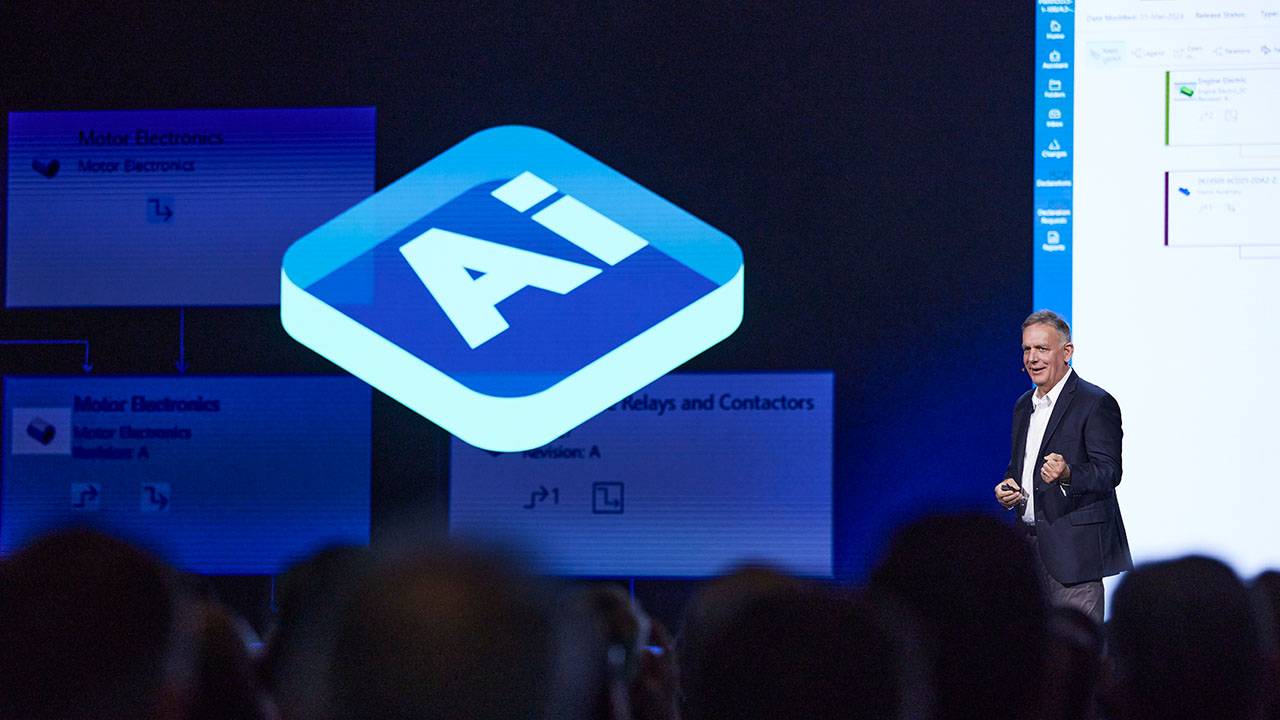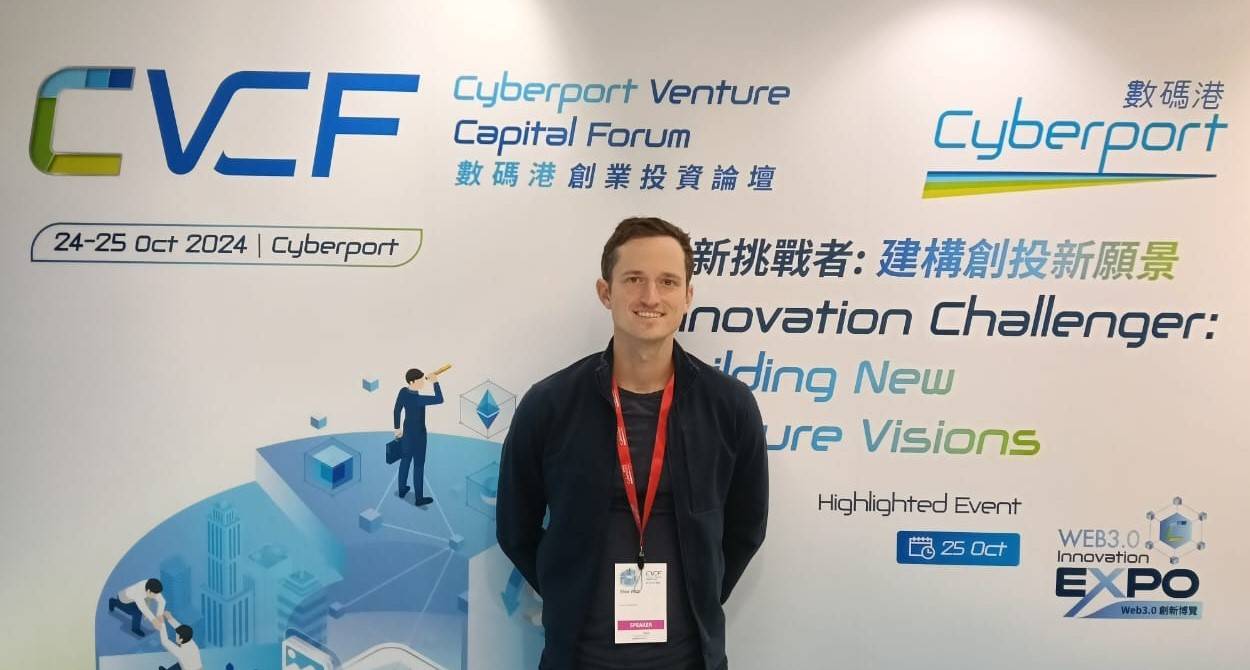Be it to query the business or query the factory, Realize LIVE 2024 has shown that organizations have latched on to the idea of AI, and specifically generative AI as a crucial technology capability, like immersive engineering and low-code, that can yield business benefits and that requires thinking out-of-the-box when being applied.
Siemens Digital Industries Software (Siemens) has opened Realize LIVE, its flagship user, partner, and expert platform that brings together over 2,000 attendees to share their collective knowledge, experience, and insight.

Tony Hemmelgarn, President and CEO, Siemens Digital Industries Software takes the stage to open Realize LIVE Americas.
Day one of the conference began with some context-setting around artificial intelligence; not many industries think they would be moving forward without deployment of AI technology in some shape or form.
For Siemens, Tony Hemmelgarn, president and CEO of Siemens Digital Industries Software (DISW), said it himself, “You may think that many things have been overhyped, but when it comes to AI, this feels different. It feels different because we’re seeing immediate business value for our customers and frankly, the possibilities are endless when you think about what can happen. When a customer sees the true benefits then they understand how this will make a difference to their business – and it requires us to think a little bit differently.”
Artificial Intelligence and Siemens
So, what does Artificial Intelligence mean to Siemens? Siemens’ Digital Industries Software has a large portfolio of solutions from chips to entire systems, from products to process, and it professes to help organizations of all sizes digitally transform by using a combination of software, hardware, and services from the Siemens Xcelerator business platform.
In view of this, Tony broke down Siemens’ perspective of AI, into the three broad buckets of Analyze, Optimize, and Generate. An emerging AI-driven capability that many companies want to take advantage of is querying; in Siemens’ case it is the ability to interrogate designs, engineering, manufacturing and to receive intelligent responses that AI gleans from live production data. In other words, query the factory.
Siemens believes it can have AI provide smart, actionable responses, and even empower users with AI to generate content like design specs, manuals, and more.
After demonstrating the power of ecosystem collaboration to produce desired business outcomes for customers, Tony shared a good overview of their expanded partnership with Microsoft Azure to offer Siemens Xcelerator via the cloud service.
80% of a product’s environmental impact is determined during the design phase. Consequently, designers and engineers have a crucial role in using technology to maximize sustainability.
Then, Joe Bohman, executive vice president, PLM Products, shared product roadmaps and discussed the role of Siemen’s partner ecosystem in accelerating digital transformation. A close Siemens partner, Sony, was represented by their leader of XR technology, Seiya Amatatsu, who discussed how Siemens together with Sony are enabling a new era in immersive engineering.

Joe Bohman, executive vice president, PLM Products, Siemens Digital Industries Software, welcomes Seiya Amatatsu, Head of Sony’s XR Technology Development Division on stage at Realize LIVE Americas.
Then Sony’s deputy GM for XR development, Henry Kondo talked about the features of their head-mounted display, SRH-S1, which features tight software-hardware integration that offer new ways to interact with digital twins.
Talking up DX, sustainability, and digital twins
Day two kicked off with three industry leaders collectively underscoring the importance of embracing digital transformation, prioritizing sustainability, and harnessing cutting-edge technologies to drive innovation and efficiency. By connecting digital threads (or work processes), involving all stakeholders, and leveraging AI, machine learning, and the industrial metaverse, organizations can position themselves for success in an increasingly digital and environment- conscious world.
Dylan Neal, a PLM Business Systems and Data Standards manager, demonstrated how Harman Automotive laid the groundwork for its digital transformation by implementing Siemens Teamcenter. He stressed the importance of connecting digital threads, prioritizing quick wins before strategizing larger steps, and involving the entire organization in the digitalization process.
Eryn Devola, head of sustainability at Siemens Digital Industries, highlighted that 80% of a product’s environmental impact is determined during the design phase. Consequently, designers and engineers have a crucial role in using technology to maximize sustainability.
Tom Jensen, chairperson and co-founder of FREYR Battery, provided a real-world example of successful implementation. He showcased how FREYR is paving the way for a battery-powered future, enhanced by AI and machine learning. Jensen emphasized the role that digital twins have to “reduce costly activities” for FREYR.
(This journalist attended Siemens Realize LIVE 2024 in Las Vegas).






